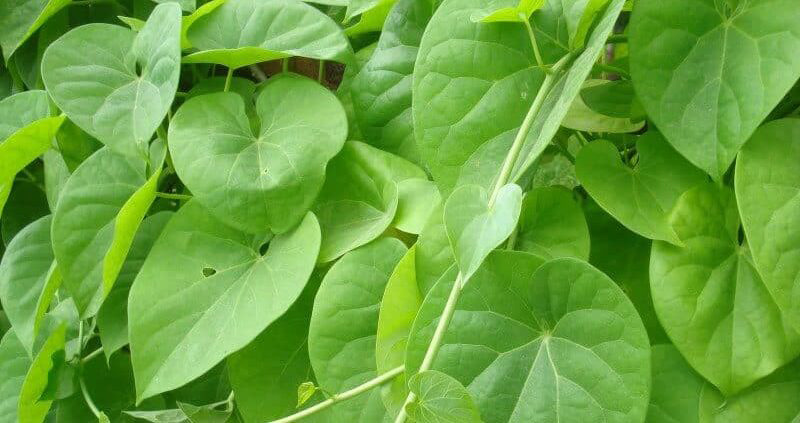Type 2 Diabetes: Can You Eat Sweets ?

Natural Sugars
Natural sugars are those that come from plant or animal sources. For example, sugar comes from sugar cane, beet sugar comes from beet roots, and honey is made by honeybees. Other types of natural sugars include:
- Maple syrup or sugar
- Agave
- Turbinado sugar
All these sugars contain carbohydrate and calories — and they all can affect your blood sugar levels. Another sweetener, high-fructose corn syrup, is classified by some as a “natural” sugar because it is made from corn, but it is highly processed to give it a longer shelf life.
Occasionally you will find natural sugars in products, but they may have names that are unfamiliar to you. If you are reading labels (and you should be!) sugars often appear in the ingredient list with names ending in -ose. When you see a list including sucrose or fructose, you know you are looking at added sugar.
Sugar also occurs naturally in certain foods, such as fruit and even milk. The key is to know your numbers — count the carbs and calories.
According to Amy Kranick, a registered dietitian and certified diabetes educator with the adult diabetes program at Vanderbilt University Medical Center in Nashville, Tenn, there are two sweet treats you should always avoid: fruit juice (even without added sugars) and regular sodas. These both have too much sugar per serving. Instead, try a piece of whole fruit or a diet drink.
The only naturally occurring source of sweetness that doesn’t contain calories or carbohydrates is commonly called stevia or rebiana. This is a sweetener from the leaves of the stevia plant, a plant native to Central and South America. Sold in packets under the brand name Truvia, stevia has been shown to have little to no impact on blood sugar levels, which makes it a good sugar substitute for people with diabetes.
Sugar Substitutes
Many people living with diabetes find that sugar substitutes, man-made sweeteners with no calories or carbohydrates, give them the sweet flavor they crave without spiking blood sugar or adding pounds. At the same time, it’s easy to become concerned over the use of sugar substitutes, as they are not “natural” and therefore could be harmful to someone’s health.
Sugar substitutes include sucralose (Splenda), saccharin (Sweet ’n’Low), and aspartame (NutraSweet, Equal).
You may not need to worry about the long-term impact of consuming a reasonable amount of sugar substitutes, however.
“Really, with any of the artificial sweeteners, there’s no scientific evidence to say they have a negative effect,” says Kranick. However, she does recommend moderation in all things, even sugar substitutes, so don’t go overboard.
For people with type 2 diabetes, it’s important to know that “sugar substitutes do not elevate your blood sugar,” adds Kranick. That’s why people with diabetes are advised to switch from regular soda to diet soda, for example.
Kranick offers a word of caution for those who use sugar substitutes for baking. Some sugar substitute products designed for baking are a blend of white or brown sugar and the sugar substitute. Pay close attention to the product labeling so you have an accurate assessment of the carbohydrates and calories in the food you are preparing. Additionally, bakers need to remember that flours also add to the carbohydrate count.
The bottom line for people with diabetes who would like to keep the sweet in their diet is this: Do your research so that you know how many carbs are in the foods you like and experiment a bit to find the flavor of sugar substitute that you like best. Living with diabetes does not mean giving up the sweetness in your life.
Source: (everydayhealth)









